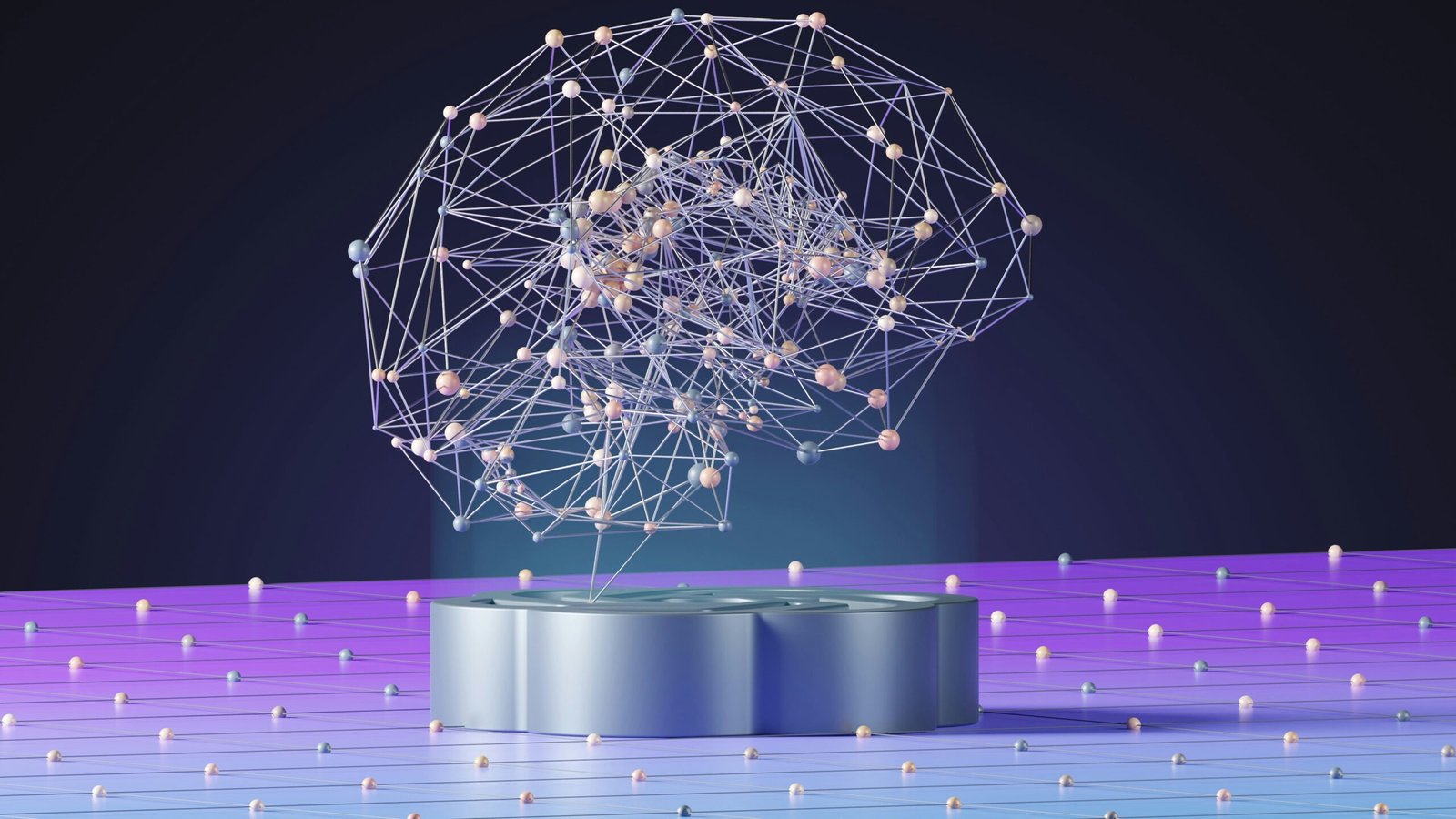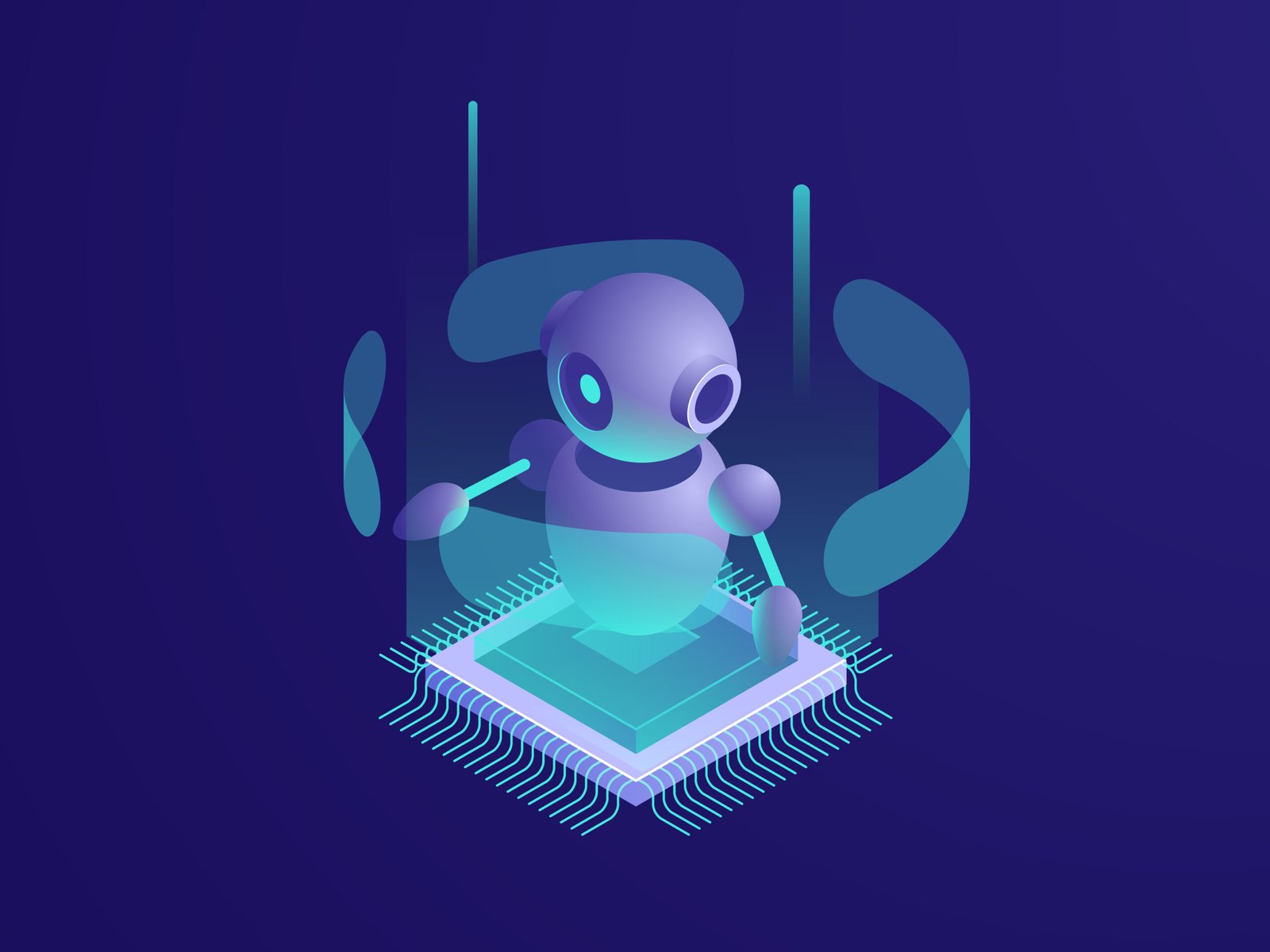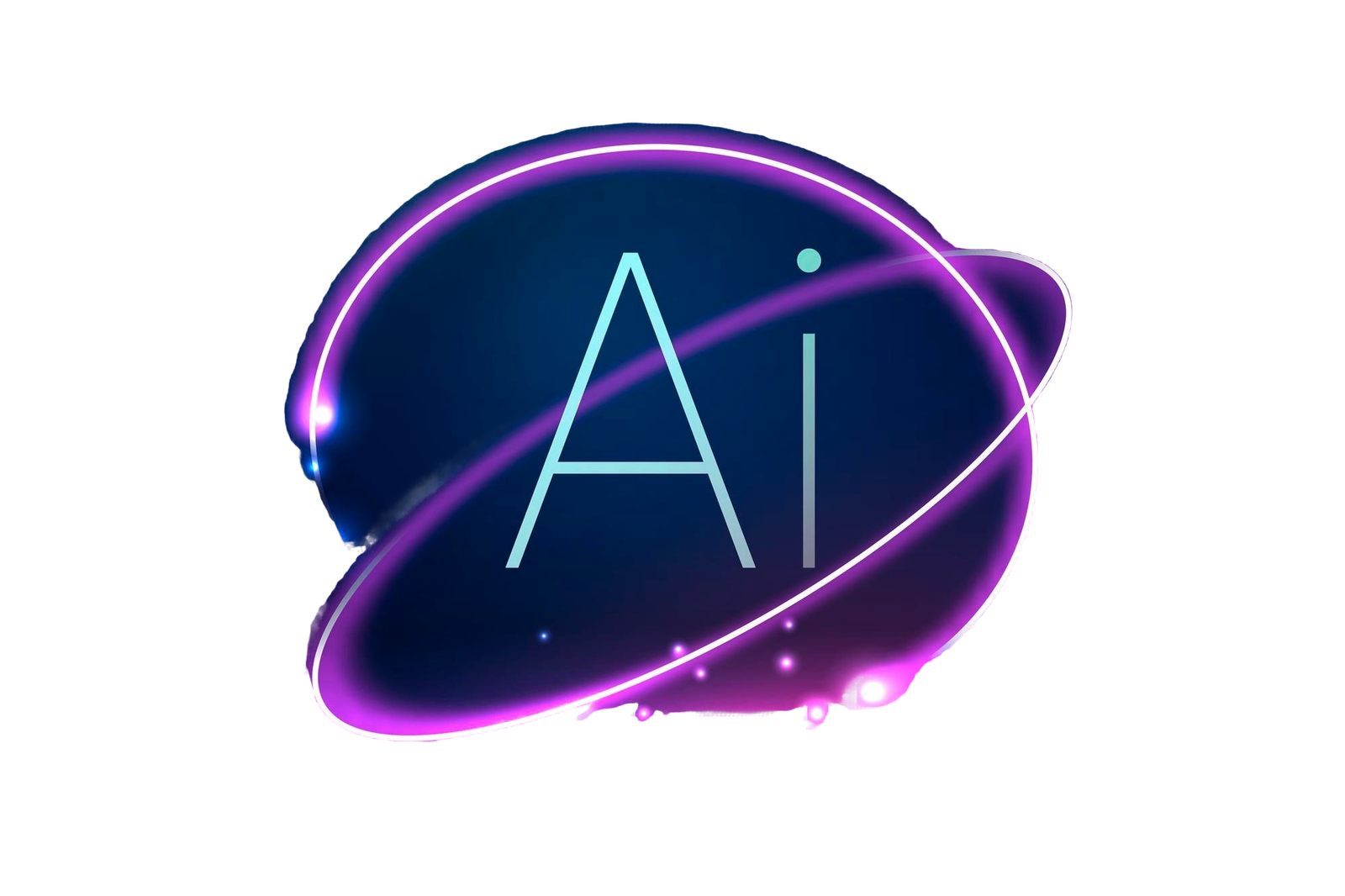Artificial Intelligence (AI) is no longer a futuristic concept; it’s rapidly becoming an integral part of our daily lives. From automating mundane tasks to solving complex global problems, AI is transforming industries, reshaping economies, and even challenging our ethical boundaries. In this article, we’ll explore how AI is unlocking its potential, creating a new era of technology that promises to change the world as we know it.
The Evolution of AI: From Concept to Reality

AI has come a long way since its early days as a mere idea. The concept of AI dates back to the 1950s, with Alan Turing’s groundbreaking work on machine learning and artificial reasoning. Over the decades, AI research progressed through several key milestones, such as the creation of expert systems, the rise of neural networks, and the development of deep learning algorithms.
Today, AI is no longer confined to science fiction. It powers everything from voice assistants like Siri to sophisticated autonomous vehicles. These advancements are possible due to developments in computing power, data storage, and breakthroughs in AI algorithms.
The Core Technologies Behind AI
AI encompasses a range of technologies that enable machines to mimic human intelligence. The core technologies that power AI systems include:
- Machine Learning (ML): ML allows computers to learn patterns from large datasets and improve over time. It’s the foundation of many AI applications, from recommendation engines to predictive analytics.
- Natural Language Processing (NLP): NLP enables machines to understand, interpret, and generate human language. AI-driven tools like chatbots and translation services rely heavily on NLP to communicate with users.
- Computer Vision: This technology helps machines understand the visual world. From facial recognition to autonomous vehicles, computer vision allows AI to analyze and interpret images and videos.
- Robotics: Robotics combines AI with physical machines to automate tasks. Whether it’s a robot vacuum cleaner or an industrial robot arm, AI-powered robots are becoming increasingly sophisticated in executing tasks autonomously.
Real-World Applications of AI
AI’s potential extends across a wide range of industries. Here are some of the most impactful applications:
- Healthcare: AI is revolutionizing healthcare with advanced diagnostic tools, personalized treatment plans, and predictive models. For example, AI algorithms can analyze medical images to detect early signs of cancer or predict potential health risks.
- Finance: In the financial sector, AI helps detect fraud, optimize trading strategies, and automate customer service. AI-powered chatbots are now common in banks, providing personalized assistance to customers.
- Transportation: Autonomous vehicles and AI-driven logistics are set to transform the transportation industry. Self-driving cars, trucks, and drones promise to reduce accidents and improve efficiency.
- Entertainment: AI is already shaping the entertainment industry by offering personalized recommendations on platforms like Netflix, creating realistic visual effects in films, and enhancing gaming experiences with adaptive AI.
- Manufacturing: AI in manufacturing is improving efficiency through predictive maintenance, supply chain optimization, and automation. This helps reduce costs and increase productivity.
The Impact of AI on Society
AI is not just transforming industries; it’s also impacting society on a broader scale. However, as AI becomes more pervasive, there are significant concerns that need addressing.
- Job Creation vs. Job Displacement: While AI may replace some jobs, it will also create new roles in fields like AI development, data science, and robotics maintenance. The key challenge is ensuring that workers are retrained for these new opportunities.
- Ethics and Responsibility: AI systems can perpetuate biases and raise questions about privacy. AI must be developed ethically, with transparency, accountability, and fairness at the forefront.
- AI in Education: In the classroom, AI is enabling personalized learning experiences. AI-driven tools help students learn at their own pace while automating administrative tasks and providing teachers with valuable insights about student performance.
- AI in Governance and Policy: Governments can leverage AI to enhance decision-making and optimize public service delivery. From traffic management to disaster response, AI has the potential to improve the efficiency and effectiveness of government operations.
The Future of AI: Unlocking Its Full Potential
The future of AI holds exciting possibilities. In the coming years, AI is expected to play a pivotal role in solving some of the world’s most pressing challenges, such as climate change, global health, and poverty alleviation. As AI technology continues to advance, it will increasingly converge with other emerging technologies like quantum computing, blockchain, and 5G, unlocking even greater potential.
However, we must be mindful of AI’s ethical implications. As we move toward a more AI-driven future, it’s essential to ensure that these technologies are developed responsibly, with careful attention to their social, economic, and environmental impacts.
Conclusion
AI has the potential to unlock a new era of technology, one where human ingenuity and machine intelligence work hand in hand to solve complex problems and create new opportunities. As AI continues to evolve, it will reshape industries, economies, and societies. However, to fully realize AI’s potential, we must approach its development with caution, ensuring that its benefits are distributed equitably and its challenges addressed responsibly. The future of AI is bright, but it is up to us to guide it in a way that benefits all of humanity.
Internal link:- opticalsworld









